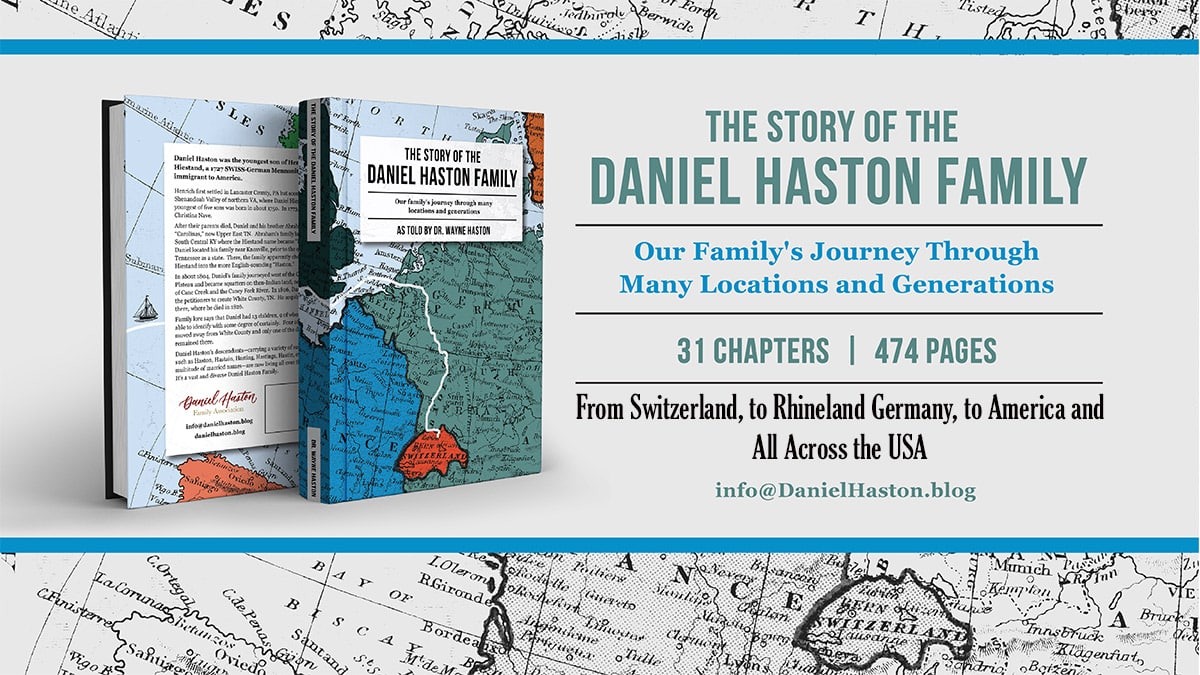Help Your Children and Grandchildren Learn to Love Their Family's History
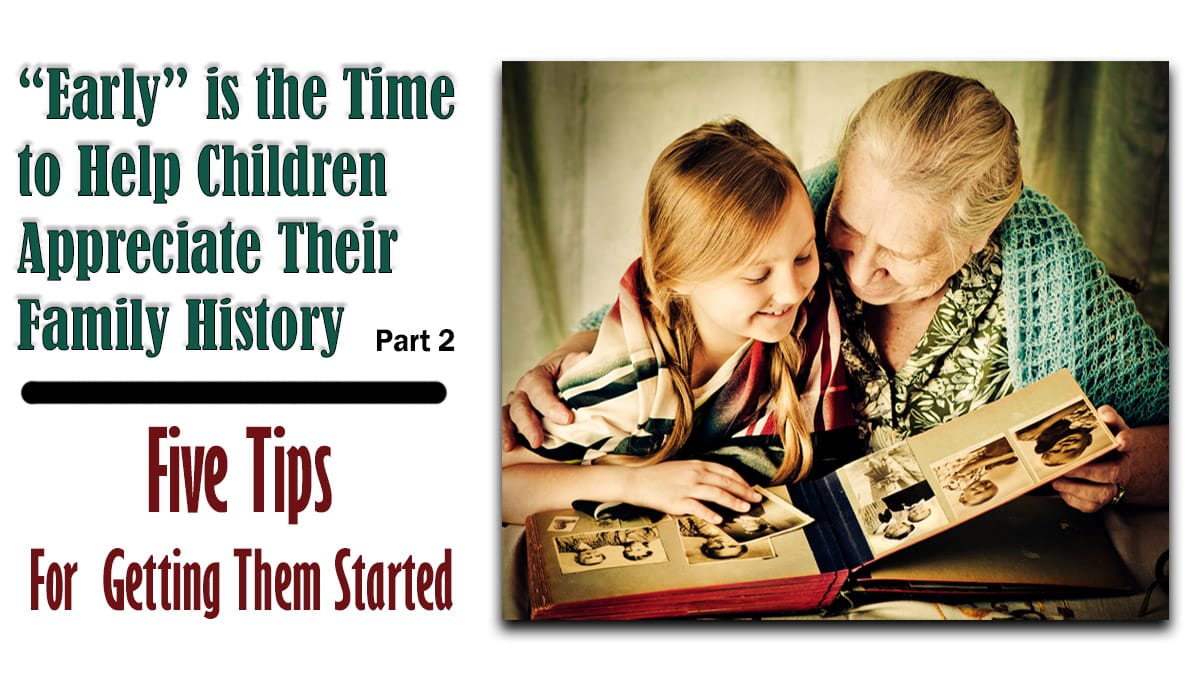
Part 3 – “Five More Tips” will be posted next week. Stay tuned!
For children, genealogy can be just as incredible a way to find meaning and connect with living and deceased family members as it is for adults. Studies have shown that knowing your family history can benefit children in remarkable ways. These benefits include resilience, a sense of security, a strong sense of self-control, and a greater ability to moderate the effects of stress. Whether you are a parent, grandparent, teacher, or friend, you can help the children in your life experience these benefits. –Source
1. Tell them stories from your childhood and later life.
Some of the greatest gifts my parents gave to me are the stories of their growing-up years. Unfortunately, cameras were virtually non-existent in their families at that time. But the few pictures I have of them, their parents, siblings, and friends help make Mom and Dad’s stories real to me. Tell your kids and grandkids about where you lived, what YOUR parents were like, about your schooling, about your friends, about your most fun times, and many other kinds of stories from your early years.
An amazing local historian friend of mine, Gary Bauserman of Page County, VA, died recently. I learned so much about my early Hiestand family from Gary. He was locally famous for his knowledge of Shenandoah Valley, VA history. I once asked him: “Gary, how did you become so interested in history?” He responded, “I learned to love history by sitting on my grandmother’s knee and listening to her stories.”
A few years ago our daughter Celeste gifted us (one for me, one for my wife Sharon) with a subscription to StoryWorth, a website where we can write stories about many of the things they and their kids and their kids, et. al. may want (or need) to know about us for generations to come. Once you’ve written as many stories as you want to write, you can click a button and StoryWorth will print a beautiful book of your stories.

But as great as StoryWorth is, there’s nothing that beats sharing these stories with your kids and grandkids person to person.
2. Show them photos of their ancestors and tell them what you know about them.
Photos are taken for memories’ sake! But unfortunately, many old family photos are stored away in a jumbled mess in some out-of-the-way place and are forgotten. Blessed is the family who has access to a lot of old family photos, knows where they are, organizes them, and reviews them often enough to honor the “old folks” who took the time and spent the money to visually record these memories for future generations.
Most children are fascinated by old family photos, especially if someone takes the time to talk to them about the people in the pictures. Tell your children and/or grandchildren who these people in the photos were and how they were/are related to you and them. Discuss the unique dress and hairstyles. Tell stories about what they did for a living, who they married, their military experiences if they served, and your memories of knowing them if their lives overlapped yours.
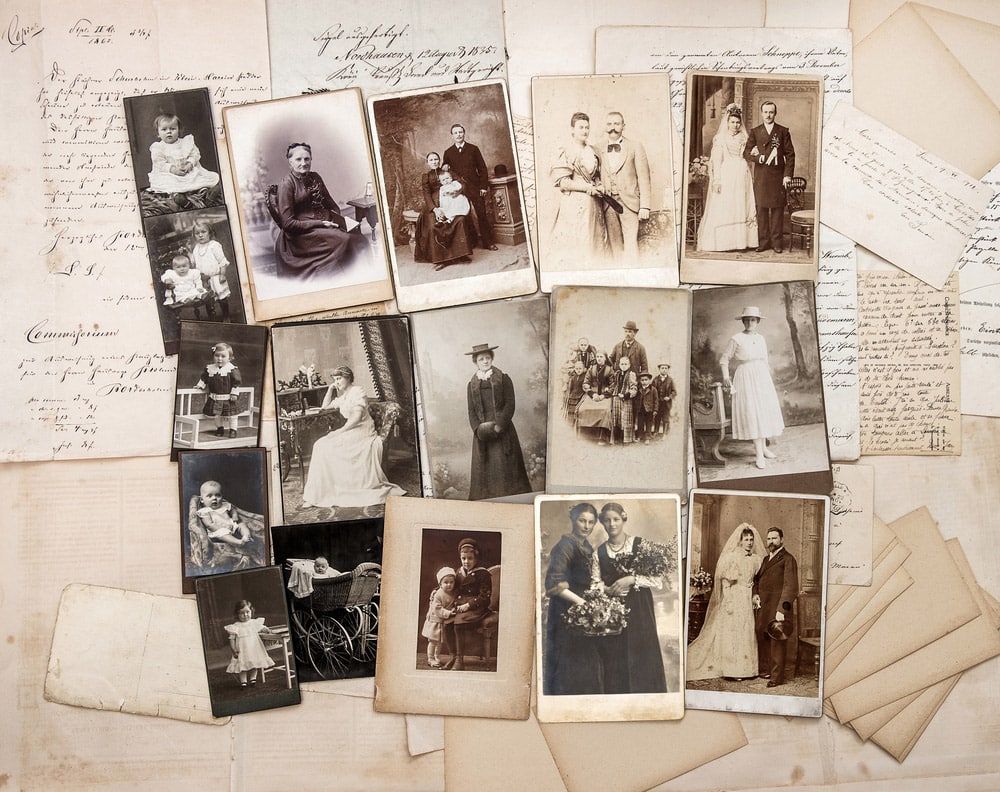
3. Show them family heirlooms and talk to them about the history behind those heirlooms.
An heirloom is a valuable object that has belonged to a family for multiple generations. If you are fortunate enough to possess heirlooms from your parents or earlier ancestors, they can be object lessons for teaching kids about family history. First and foremost, teach them to value these heirlooms and preserve them for the ages to come. And use them to connect the young generation in your family to the past–their family’s history. Tell stories behind the heirlooms.
John Calvin Wallace was my paternal grandmother’s father, my Dad’s grandfather. He was a private in the Confederacy during the entire four years of the Civil War, fought in several major battles and lots of minor ones, was captured and became a POW, escaped, returned to his unit, and assisted in attempting to protect Confederate President Jefferson Davis in his post-war flight toward hoped-for safety in the deep South. He was never wounded through all of that!
I was fortunate to inherit the bed that John Calvin Wallace, my Great-grandfather, built (or had built) for himself and his wife, after the war. It’s more than an antique to me–it’s a precious and priceless heirloom. We have placed a small bronze plaque on the footboard to help preserve the “whose was this” story. Also, a designer friend created a beautiful wall plaque that sums up the story of his experiences fighting for what he believed, at that point in history. I’m proud of him for fighting bravely for what he thought was right, even though I don’t agree with some of what he thought was right. We have even designated one of our bedrooms to be a family heritage room, with various historical artifacts and souvenirs to highlight points of interest in our family’s history. Another couple of our favorite heirlooms are (1) a table lamp we inherited from my mother and (2) a very old kitchen table that goes back (at least) to my paternal grandparents.
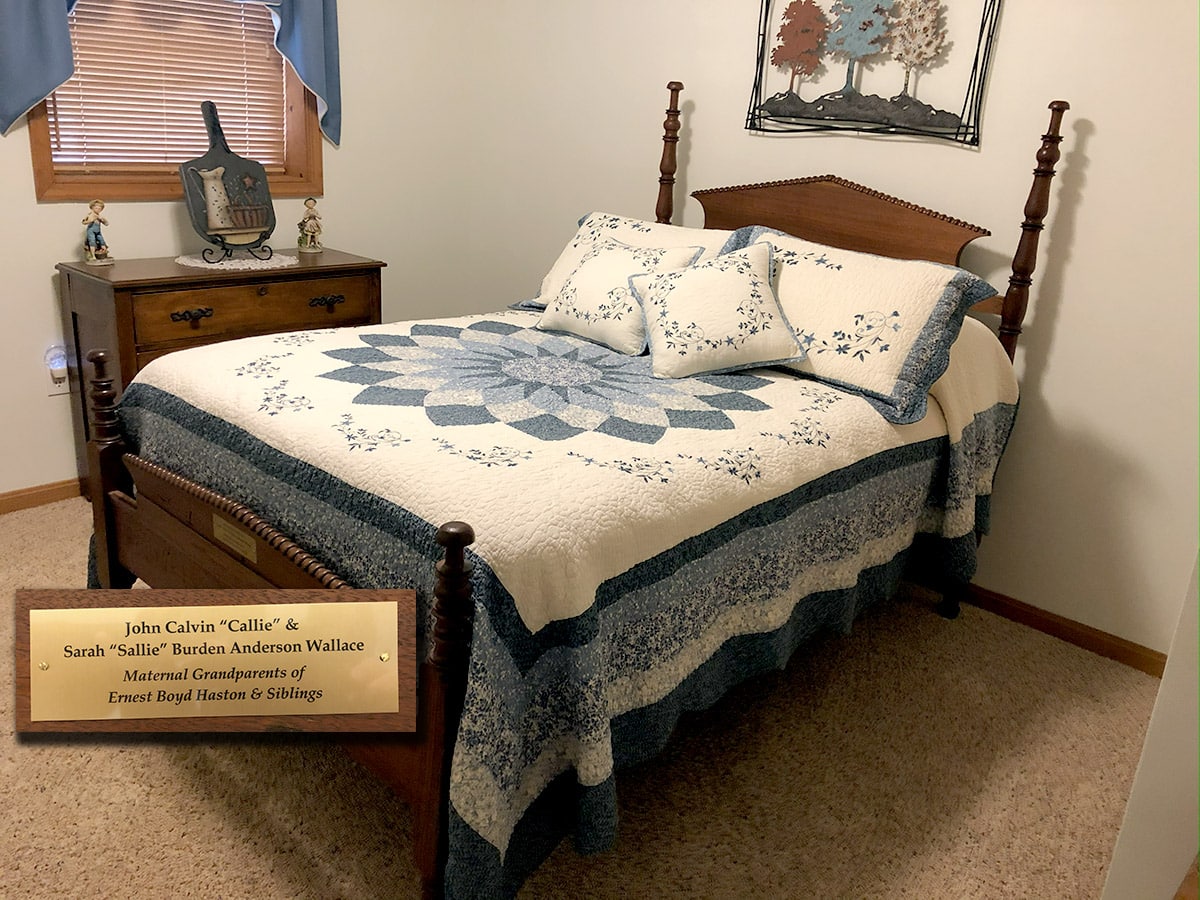
4. Take them on family history field trips.
As a child, even before I knew that I was interested in my family’s history, I was curious to know about my grandparents and my great-grandparents–where they lived, how they lived, and what they did. It was a natural curiosity that I’m sure most children probably have. My Mom, even in her final years, often talked about the big house her father, George Vergil Davis, grew up in. I was an adult before I realized that the house was still standing – the Davis House in Dog Cove of the Lost Creek Community of White County, TN (see it below). Oh, how I wish we had visited that old house when I was a kid. I suppose the rattlesnakes and copperheads were the reason we didn’t go there, because it was just a few miles from where we lived. Now it’s partially restored and part of a TN State Park and hundreds of people have visited it.
I was fortunate to grow up in the same county (the same part of the county in some of my childhood years) where my Haston roots were planted six generations earlier. My parents didn’t know much about the earliest generations, but they had clear memories of their parents, and grandparents, and even knew lots of stories about their great-grandparents. As we would drive around where our most recent ancestors lived, both on my Dad’s side and Mom’s side, they would point out places where people of significance to or in our family lived. Those became special memories to me and I can still recall them well enough to pass them along to anyone interested in hearing them.
Take your kids or grandkids on a family history field trip or maybe multiple trips, even if it means traveling some distance to do so. It’s an investment in their lives that they will never forget. Make it a part of your family vacation. Take pictures, tell stories, and let them walk on the turf their ancestors walked.
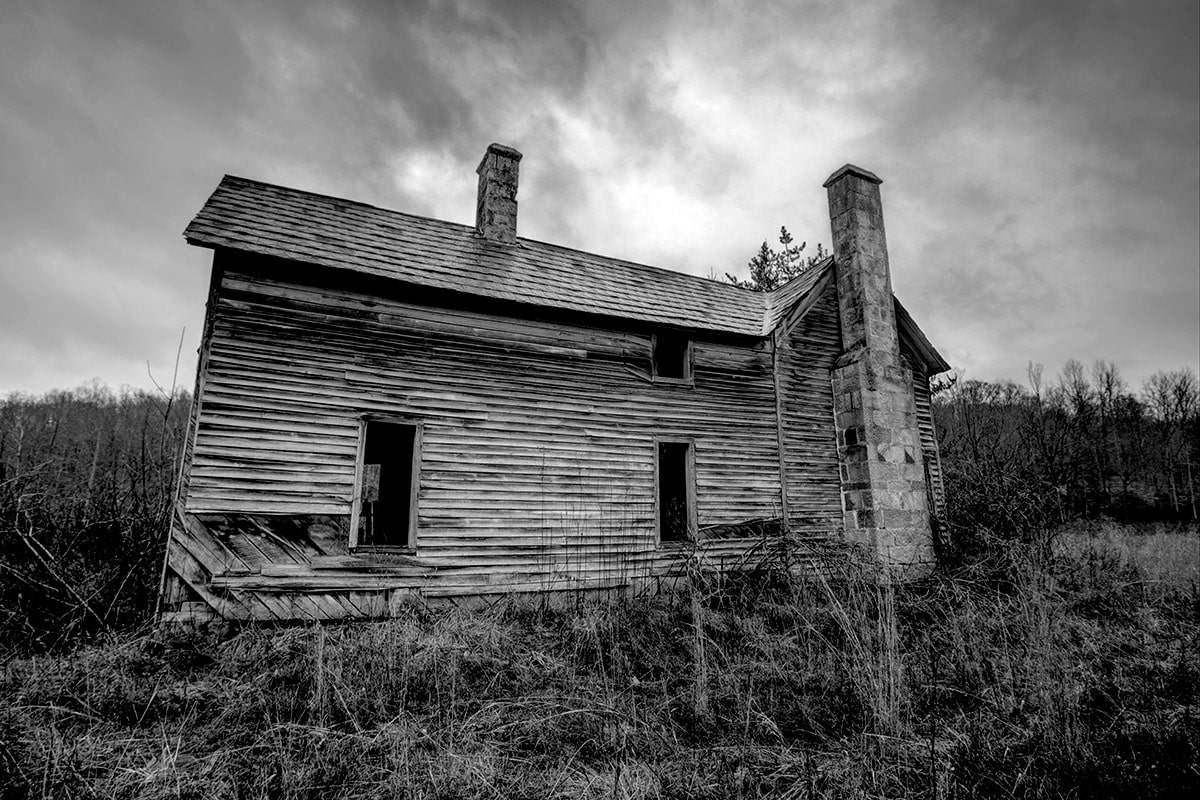
5. Take them to cemeteries where their ancestors and relatives are buried.
Gravestones are also known as “memorial stones” or “monuments” and cemeteries are sometimes called “memorial gardens.” We place tombstones to remember our loved ones who have passed on. Why do we pay “big bucks” to be sure they are virtually indestructible and the engravings are so deeply embedded that people will be able to read them for hundreds of years? Why? Because we want future generations to know who their ancestors were.
As a child, when my parents took me to a graveside service in a cemetery or we were at a cemetery “decoration day” (a once-a-year event for many cemeteries, especially in the south), I would wander through the cemetery looking. Looking for what? Looking for the names of people I knew to be my relatives, especially ancestors. And I wasn’t the only one doing that. My peers did the same thing. I suppose it is a natural curiosity.
Acquaint children with cemeteries where their deceased family members are buried. It’s another opportunity–a particularly sensitive one–to tell stories about their ancestors–aunts, uncles, cousins, and grandparents of varying degrees of generational distance. Take photos and jot down notes that will help to create their own simple family tree later.

Part 3 – “Five More Tips” will be posted next week. Stay tuned!
6. Plan or take them to family reunions and introduce them to older members of their family.
7. Help them create a simple family tree chart, perhaps a create colorful one they could display in their rooms.
8. Play family history games with them or the entire family.
9. Give them family history mysteries they can solve through online research.
10. Create a working scrapbook of photos, newspaper articles, old letters, etc. of things you discover together.
If you appreciated this article, please share it with others who might also enjoy it.
